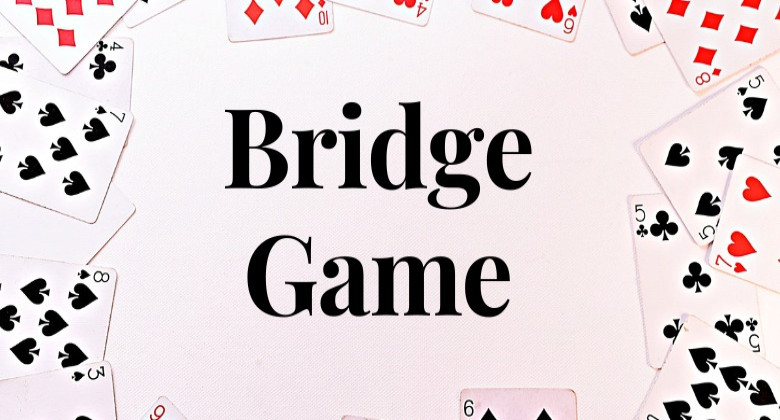
Bridge Game - Learn How to Play Bridge Game Online
Origin/Journey of Bridge
The game of Bridge, revered worldwide for its intricacies and strategic depth, weaves a tale of cultural evolution and cognitive engagement. Born in the whirlwind of the 19th century, Bridge has its origins deeply rooted in a trick-taking game called Whist. Its evolution commenced in the Ottoman Empire, often attributed to a game called Biritch, or Russian Whist. The journey from Whist to the modern version of Bridge, often called Contract Bridge, involved several iterations and enhancements in incorporating a richer strategic component.
The pivotal moment in Bridge’s history was in 1925, when Harold Stirling Vanderbilt, an American railroad executive, introduced significant changes. While on a cruise, he crafted the scoring system that forms the bedrock of the current Contract Bridge. As it's known, the Vanderbilt Scoring introduced bidding, vulnerability, slam bonuses, and more, providing the game with a refined structure and depth.
How to Play Bridge Game
Bridge is typically played with four players in two partnerships. A standard deck of 52 cards is used, with each player being dealt 13 cards. The game consists of two main parts: the Bidding and the Play.
Bidding in Bridge
The auction begins with the dealer, proceeding clockwise. Players communicate to their partners how strong their hands are and which suit they'd like to be Trump. The objective of bidding is to relay information about the strength and distribution of one's hand to one's partner and vice versa.
Bids consist of a number from 1 to 7, indicating the number of tricks (beyond the book of six) a partnership proposes to win, and a suit (clubs, diamonds, hearts, spades) or no-trump, suggesting the preferred trump suit. The highest bidder becomes the declarer, setting the contract that the declarer's partnership attempts to fulfill.
Playing the Bridge Hand
Following the auction, the game progresses to the Play phase. The declarer's partner, known as the dummy, lays their hand face up on the table. The declarer then aims to make at least the number of tricks they bid in the auction.
The play begins with the player to the left of the declarer (the opening leader) playing a card. The suit of this card establishes the suit to be followed (unless a trump is played). Players must follow suit if they can; if they cannot, they can play any card. The trick is won by the highest card of the led suit, unless a trump card is played, in which case the highest trump card wins. The winner of a trick leads the next.
Also Read About: - 14 Best Card Games in 2023
Bridge Bidding Tips & Tricks
For beginners, understanding the bidding system might appear daunting. Here are a few tips to aid in mastering Bridge bidding:
- Balanced Hands: With 12-14 points, open 1NT (No Trump). For 15-17 points, open 1 in a suit and rebid 1NT.
- Minimum Cards: You should have a minimum of 5 cards in the suit in order to open 1 spade or 1 heart.
- Preemptive Bidding: With a long, strong suit but few points, consider a preemptive bid. This tactic can confuse your opponents and make it harder for them to reach their optimal contract Bridge.
- Counting Points: Generally, count 4 points for an ace, 3 for a king, 2 for a queen, and 1 for a jack. This point count helps evaluate the strength of your hand.
Conclusion
The bridge is an ever-evolving game, a journey that not only allows us to engage in a stimulating mental activity but also connects us to its rich, historical past. Be it the strategic bidding, the thrill of play, or the joy of partnership coordination, Bridge captures the essence of cognitive challenge and social engagement. With these tips and tricks in your arsenal, you're ready to dive into the captivating world of Bridge.
Bridge Game FAQs
How do you play bridge card game?
A bridge is a trick-taking game played with a standard deck of 52 cards, where four players form two partnerships. Each player bids on the number of tricks they think their partnership can take, and then they try to win at least that number of tricks during the play.
Is bridge card game an easy game?
A bridge can be challenging due to its depth and complexity, but it can become easier and more enjoyable as you understand the rules and strategies.
Is bridge card game a gambling game?
The bridge isn't inherently a gambling game; it's a game of skill and strategy. However, it can be played for money depending on players' preferences.
Is bridge card game good for the brain?
Yes, the bridge is good for the brain. It stimulates mental acuity, improves memory, concentration, and problem-solving abilities, and encourages strategic thinking, which can contribute to cognitive health.
What are the basics of bridge game?
The basics of Bridge include understanding the deck (divided into four suits), the roles (dealer, declarer, defenders), and the phases (bidding and play). The goal is to score points by winning tricks based on the contracts set during the bidding phase.
Related Post
-
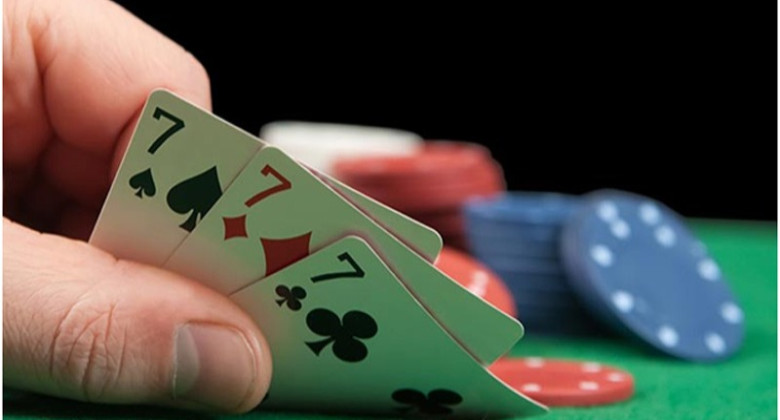 Teen Patti - What is Teen Patti Game & How to Play 3 Patti Online
Teen Patti - What is Teen Patti Game & How to Play 3 Patti Online
-
 How to Download the Junglee Rummy App on Your Mobile Phone
How to Download the Junglee Rummy App on Your Mobile Phone
-
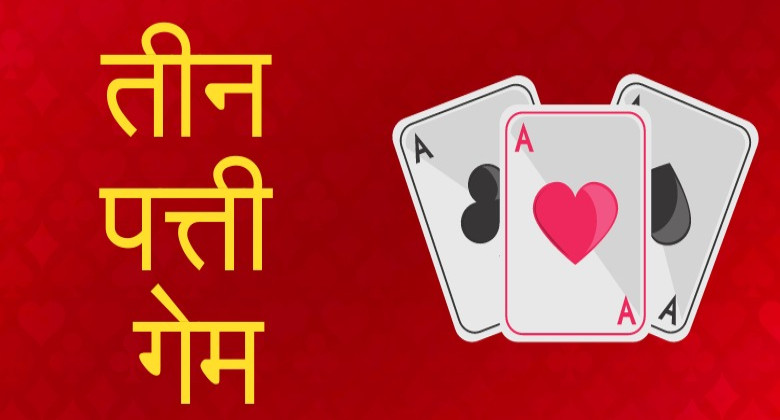 तीन पत्ती (Teen Patti/3Patti) - तीन पत्ती गेम क्या है और कैसे खेलें
तीन पत्ती (Teen Patti/3Patti) - तीन पत्ती गेम क्या है और कैसे खेलें
-
 13 Best Paisa Kamane Wale Games (पैसा कमाने वाले गेम्स) और रियल कैश जीतें
13 Best Paisa Kamane Wale Games (पैसा कमाने वाले गेम्स) और रियल कैश जीतें
-
 Online Game Cash Withdrawal and Instant UPI Withdrawal Games
Online Game Cash Withdrawal and Instant UPI Withdrawal Games


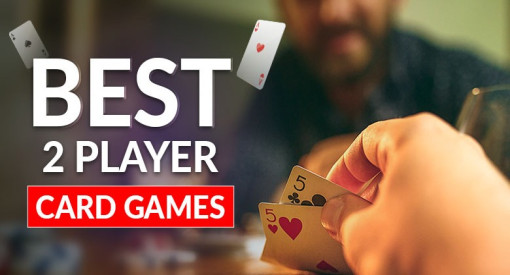
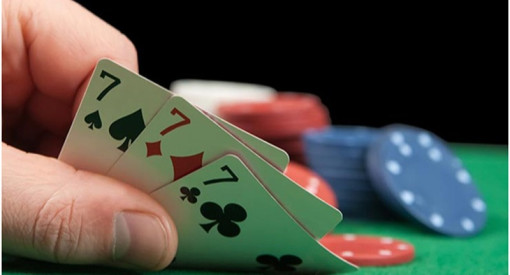



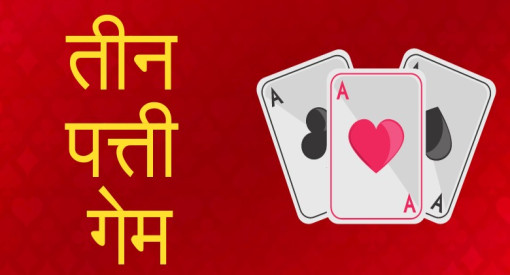


-17213832177155.png?v=1721383218)
